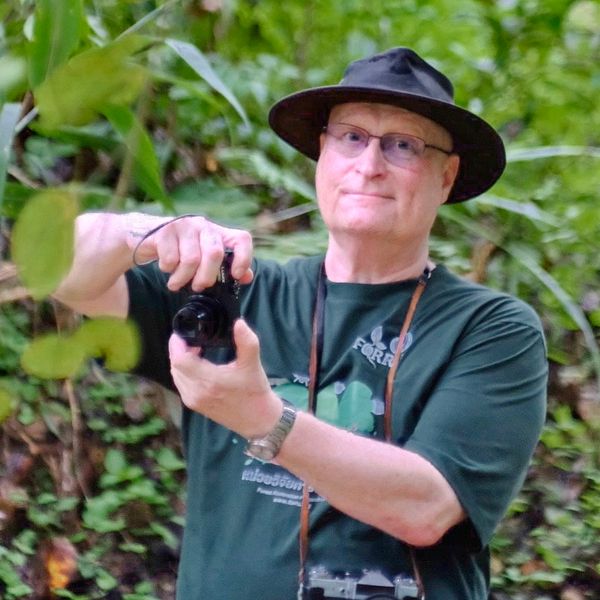A transect survey of monsoon forest in Doi Suthep-Pui National Park

Elliott, S., J. F. Maxwell and O. P. Beaver, 1989. A transect survey of monsoon forest in Doi Suthep-Pui National Park. Nat. Hist. Bull. Siam Soc. 37(2): 137-171.
ABSTRACT: A transect survey (0.828 ha) of monsoon forest was carried out in Doi Suthep-Pui National Park, Northern Thailand. Tree species richness was 90 species per hectare, for trees of diameter at breast height of 10 cm or more, which ranks Doi Suthep as the most species-rich dry tropical forest currently known. Wide variations in topography, soils and microclimate are thought to be responsible for the high tree species richness. Most of the tree species were rare, 59.4% of them being represented on the transect by 3 individuals or less. The canopy had a simple structure with no clearly defined strata.
Cluster analysis divided the transect into two main associations: a deciduous (D) association, in which 88.2% of the trees were deciduous, and a mixed evergreen-deciduous (M) association, in which 49.6% of trees were deciduous and 43 %evergreen. The M association occurred on the more mesic parts of the transect, at higher elevations or along seasonal streams at lower elevations. The D association occurred mostly on xeric sites, at lower elevations or along ridges at higher elevations.
Doi Suthep is not only an area of exceptional biodiversity, but it is also home to many endangered species, and it is a study site for scientific research and education. However, the mountain is threatened by a multitude of detrimental development projects. Unless such development is controlled, the value of the park for conservation and tourism will be considerably reduced.



